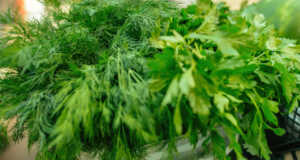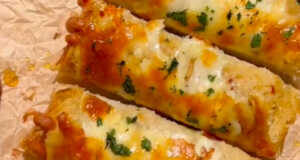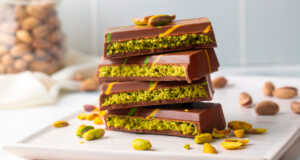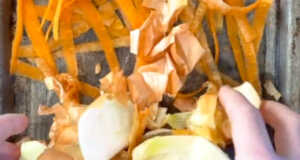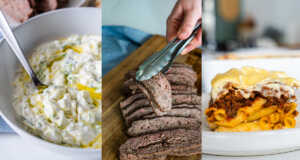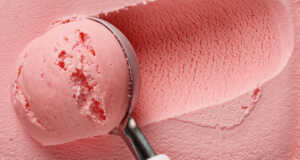Buying bacon is no longer solely about grabbing the first package you see at the supermarket, or making a simple request at your deli or butcher. There’s nuance, flair, and variety in this beloved pork product. If you are willing to try out the different incarnations, bacon is much more than just a breakfast food or burger topper.
The bacon buying guide below identifies the most common cuts of bacon and how they’re differentiated, along with examples of what each type can be used for. By utilizing these cuts in your cooking you’ll find your love for salty pork growing beyond what you thought possible!
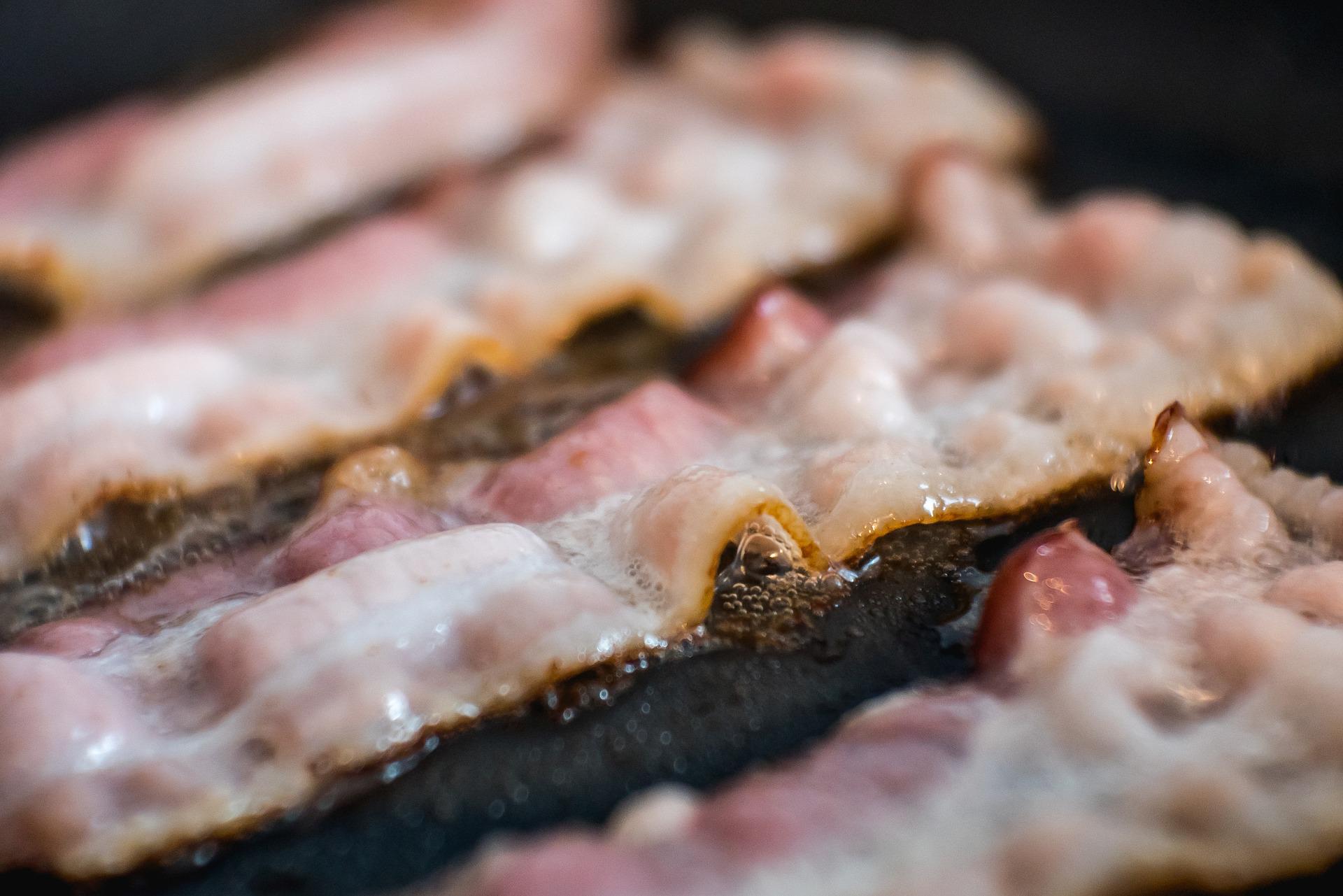
How is Bacon Made?
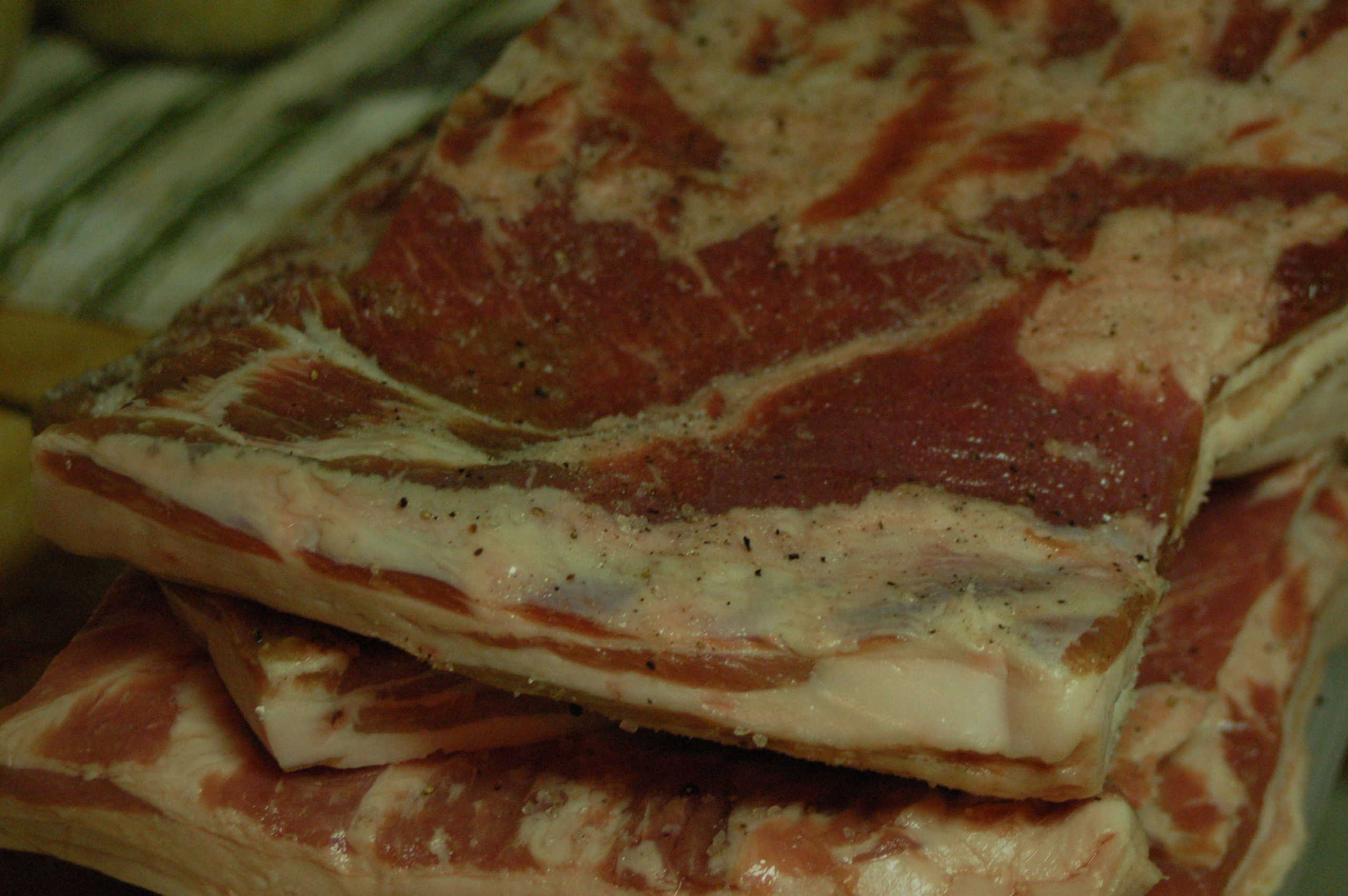
Bacon usually comes from the belly or loin of a pig, although it can be made from other parts such as the jowls and shoulder. Bacon doesn’t have to come from pigs either. For example, beef bacon is made in Muslim countries as they don’t eat pork products.
Old school bacon is made by hand-treating pork belly or loin with a salt-spice mixture, then leaving the meat for a week to cure. After being cured, the salted pork is washed with warm water, then dried, smoked, and packaged for sale. This labor-intensive work makes for a much more expensive, if more delicious, final package.
Bacon is big business and companies have spent huge amounts to create a quicker, more economical process of creating salt bacon from the base pork product, usually pork belly, but often loin, shoulder, or jowls. These days, commercial bacon production involves injections of salty water, nitrates, and ascorbic acid into the meat as preparation.
While economically more viable, the nitrate injection process has created friction with bacon traditionalists. There are now different categories for bacon products based on terms such as uncured, smoked, and flavored, types of bacon production that come from traditional methods, without using the injection of nitrates during the meat’s curing.
Different Types of Bacon
1. Streaky Bacon
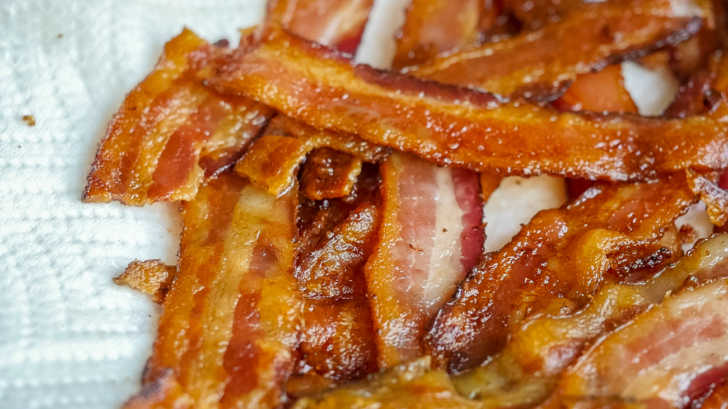
Streaky bacon (or American bacon) is the regular cut you’ll find in grocery store packages. It’s sliced into 1/16″ pieces, featuring around a 1:3 meat to fat ratio. Streaky bacon comes from pork belly and is easily identifiable by the long layers of fat that run parallel to the rind.
Best Use
Burgers and breakfast. If you’re eating a hearty breakfast or enjoying a burger for lunch in the US, the chances are that you’re eating streaky bacon – arguably the most popular meat product in the US.
2. Back Bacon
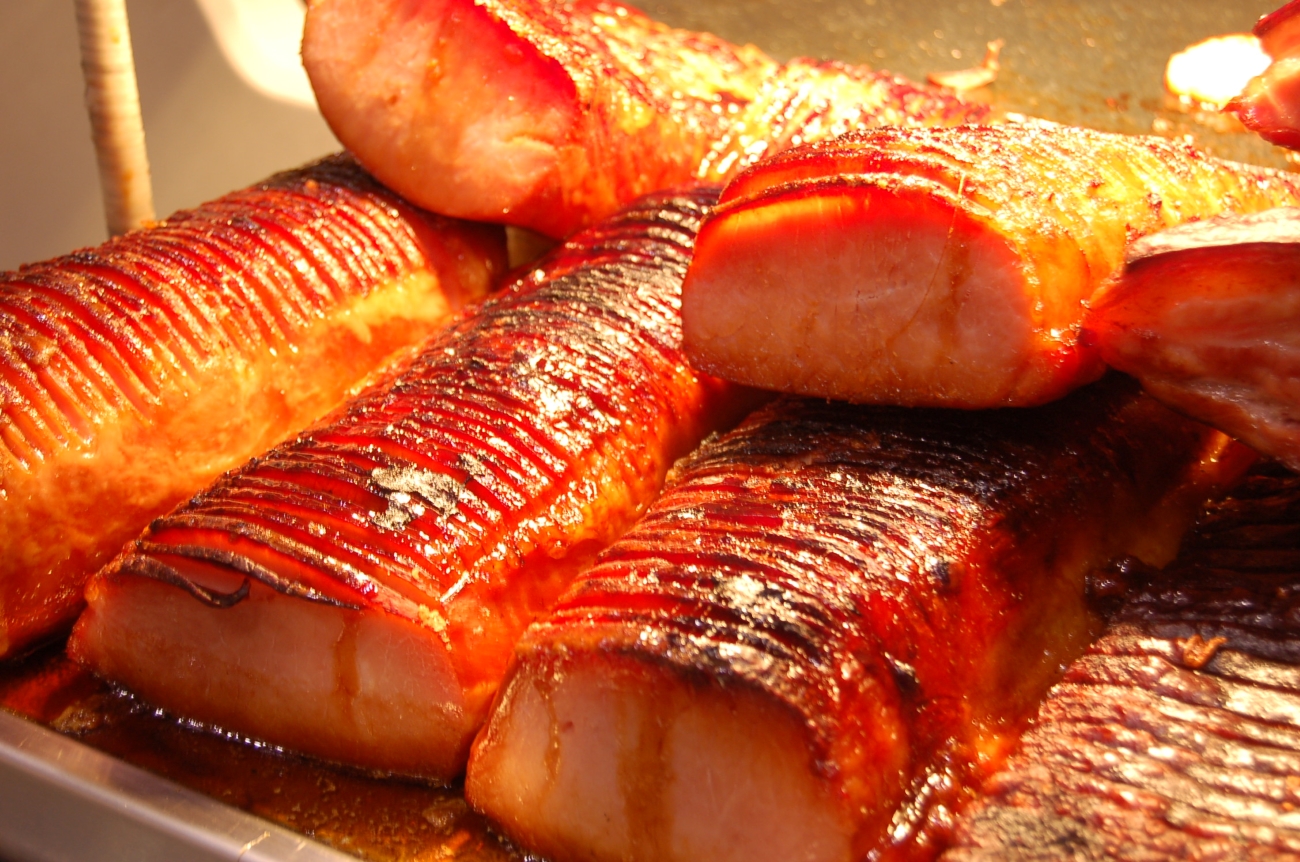
Back bacon has been popularized in the US as Canadian bacon. It comes from the pork loin, which results in a meatier cut with a significant reduction in fat content. Back bacon takes much longer to cook, and is much more difficult to crisp than streaky bacon, but is a useful cut for when you want a ‘regular’ bacon taste without anywhere near as much fat.
Best Use
Lower fat meals, or on the grill. Back bacon is great for using in meaty pasta sauces and casseroles that don’t want to incorporate large amounts of additional fat, so you don’t need to trim up streaky bacon or mess with middle bacon rashers. I’m also a huge fan of using back bacon in grilling, for delicious marinated and flavored dishes cooked low and slow, either independently or with other cuts of meat.
3. Middle Bacon

The most popular cut in Australia and the United Kingdom, a middle bacon rasher combines back bacon (sometimes referred to as the eye) with a length of streaky bacon. Middle bacon is a do-everything cut popular with professional bacon lovers due to the awesome combination of meat to fat ratio, flavor, and versatility!
Best Use
Having middle-cut bacon in your fridge or freezer means that you can use the eye section for pasta and sauces, the streaky section for burgers and barbecues, and the whole lot as part of a delicious breakfast. There’s nothing I enjoy more than a simple Sunday morning bacon sandwich!
4. Thick-Cut Bacon
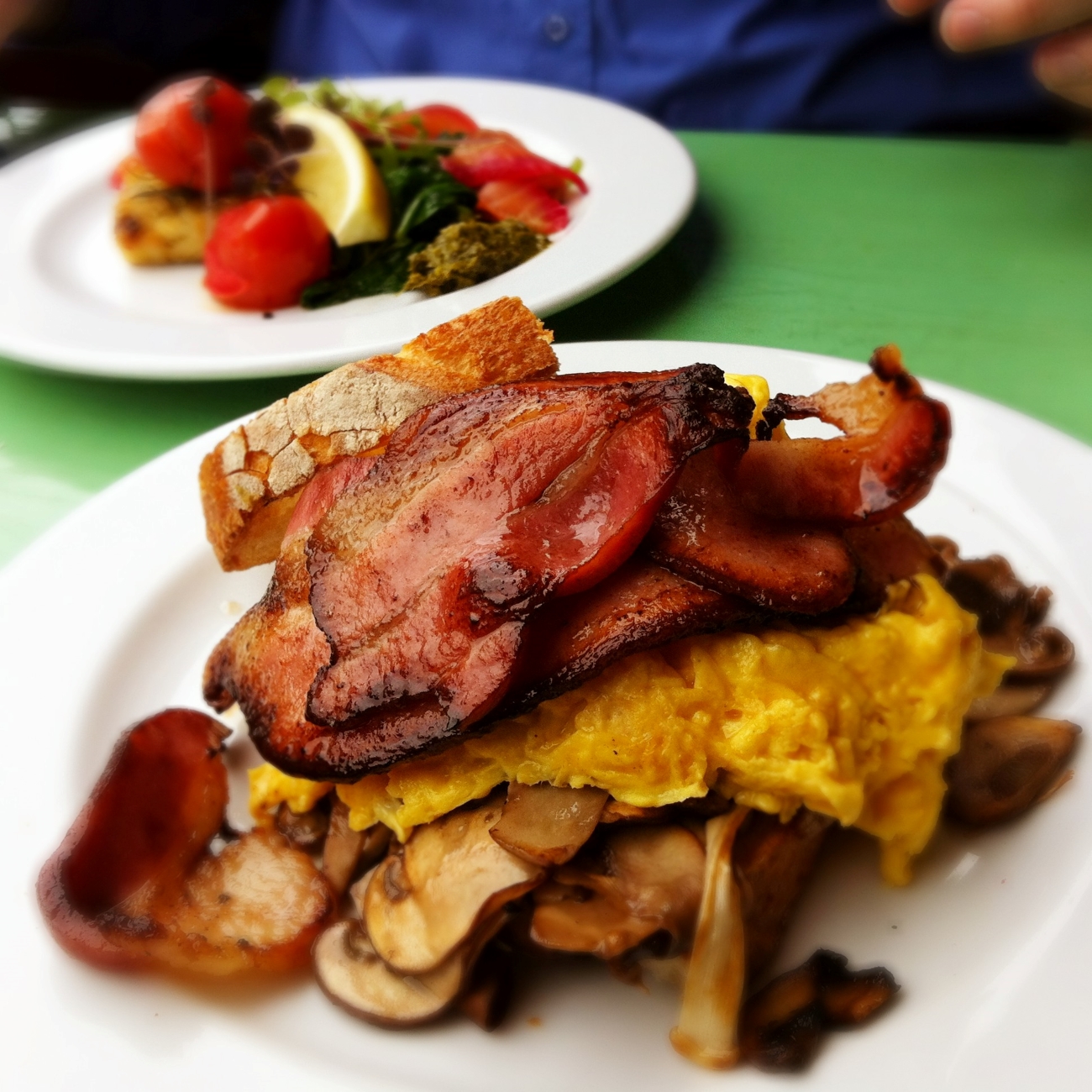
Thick-cut bacon is sliced twice as thick as regular slices at 1/8″ thick and is perfect for combining a bit of fat content with lashings of salty meat. It won’t be as crisp as other cuts, but it is stronger in salty flavor.
Best Use
Thick-cut bacon is brilliant for appetizers or as an ingredient in salads. It looks tremendous visually, and can really come alive as part of taste and flavor combinations wanting to balance salt and fat with other elements.
5. Smoked/Flavored Bacon
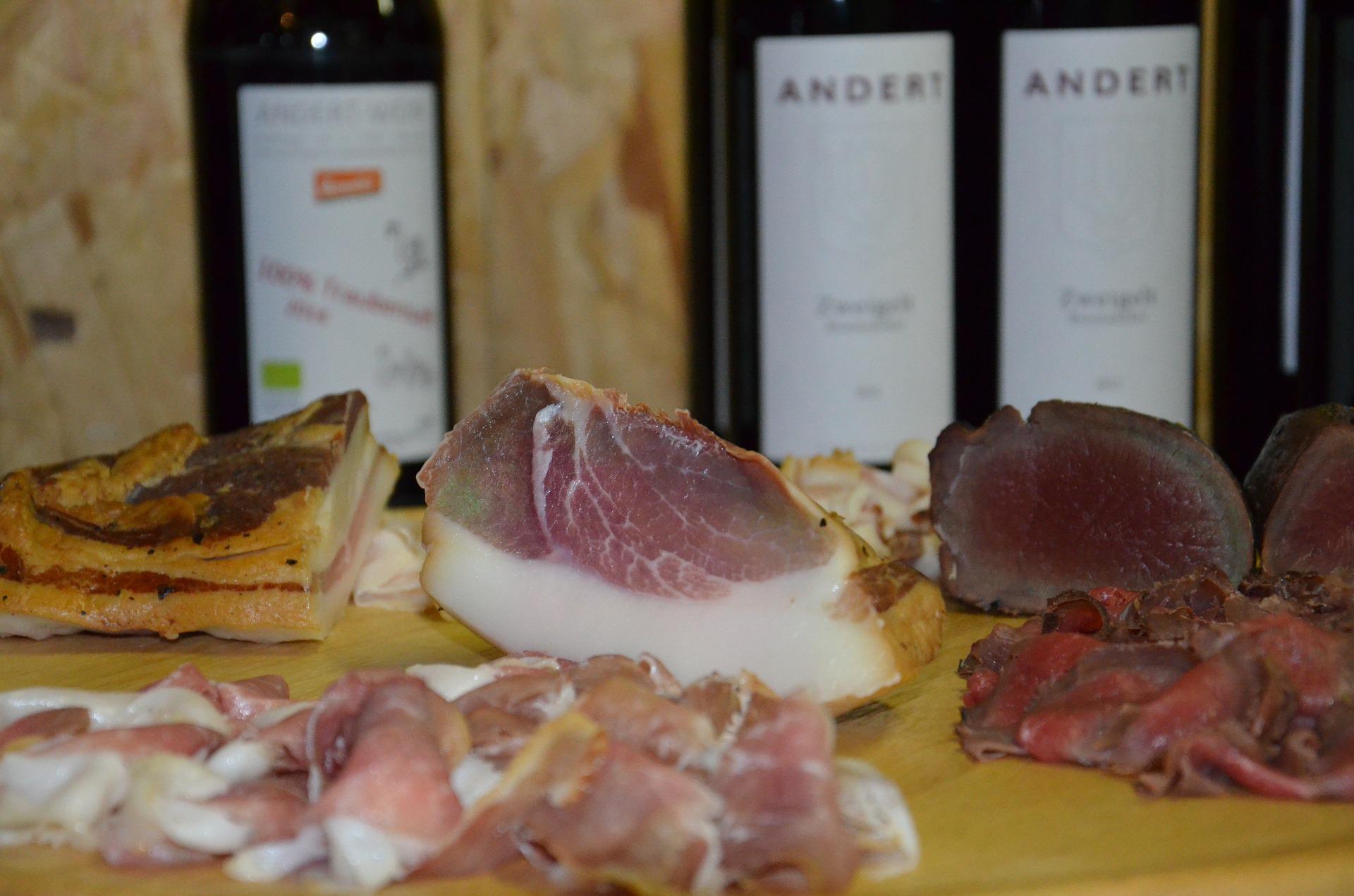
Smoking with ‘flavored’ wood or adding herbs and spices to bacon during the curing process is a common way to create additional taste. These methods are a good way to balance the usual salty strength of bacon, which despite my incredulity, is not universally beloved by everyone. Smoked bacon is a nod to traditional preparation, however, you can impart extra flavor by using glazes, sauces, and rubs prior to cooking.
Best Use
Deli and dried meat. You can create an interesting and flavorful tasting platter by using different bacon styles – such as back, streaky, or middle bacon – to create delicious dried or deli meats.
6. Uncured Bacon

It’s important to note that uncured bacon is cured, but undergoes a distinctly different process that mirrors traditional curing, not recent commercial production. The key here is that uncured bacon does not use the injection of nitrates in the production process.
Best Use
Uncured bacon is more expensive but is stronger in flavor and a more healthy end product. You can use different varieties of uncured bacon in everything you can use the more commercial products.
7. The Bacon Adjacent
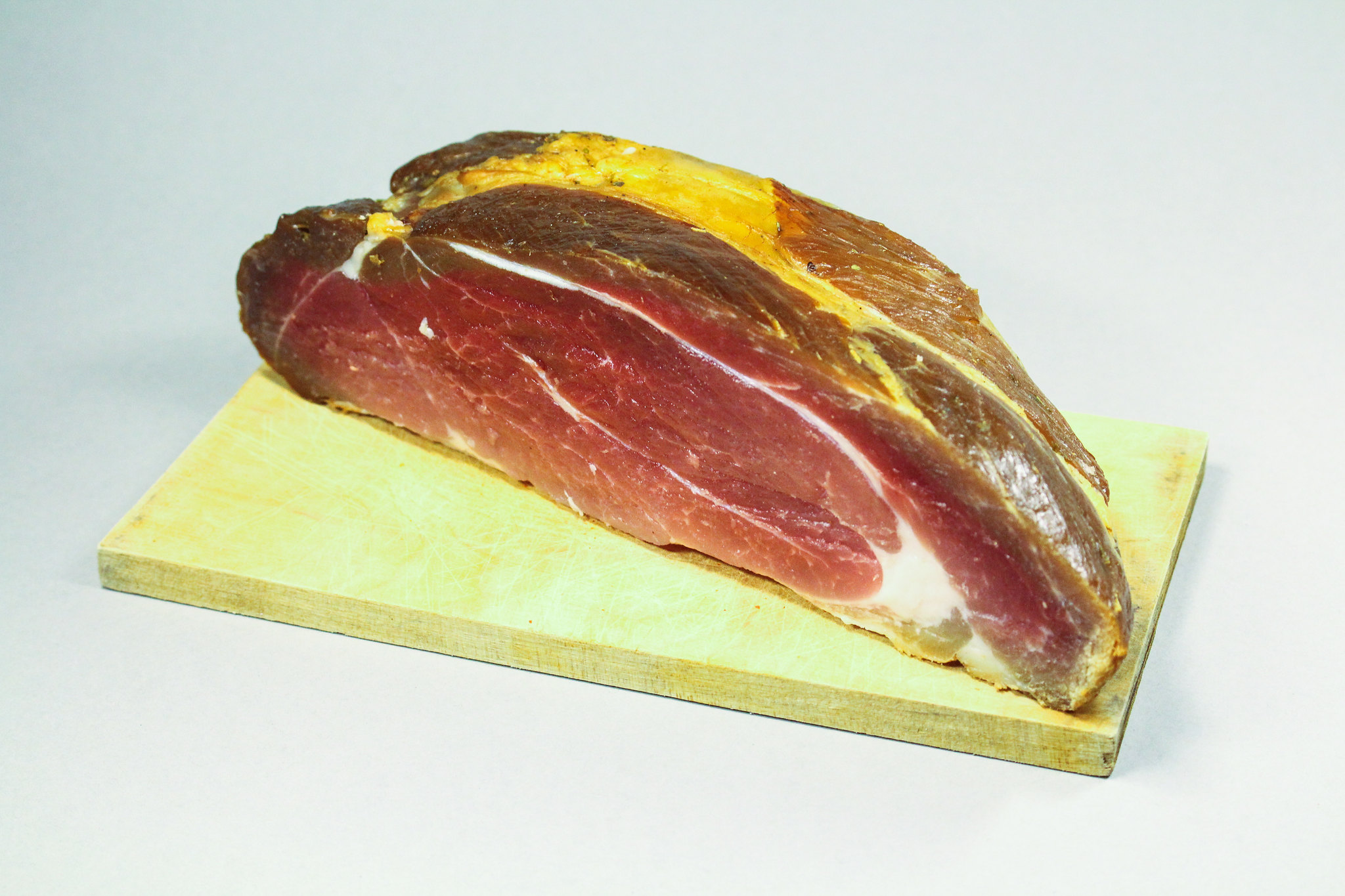
Sometimes you’ll come across a few different pork products, as well as terms used in describing bacon from other sources.
- Restaurant bacon is regular bacon that has been cut even thinner (1/8″). This is done to make it crisp up even more quickly than usual.
- Lardons are small bits of bacon. Essentially, they can come from any cut and are chopped into small cubes to be used on soups and other dishes.
- Pancetta is an Italian belly cut that is dried instead of cured, and is a delicious meat for use in antipasto, salads, or wrapping up veggies.
- Speck is a German pork leg (more meat less fat) that is dried and smoked, so it has a slightly different flavor to that of back bacon or smoked pork.
Conclusion
Quality bacon is much more than just the tasty strips we have with breakfast, on burgers, or chop into salads and casseroles. Identifying the different types of bacon and their strengths can separate a great meal from a good one. The next time that you’re looking to buy some yummy pork, think about what you will use it for, and choose one (or more) of the options above instead. I promise that it won’t be the last time!

